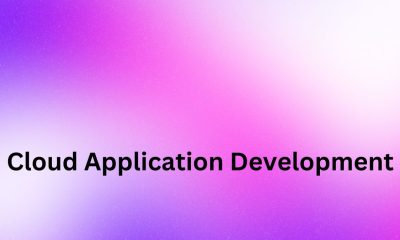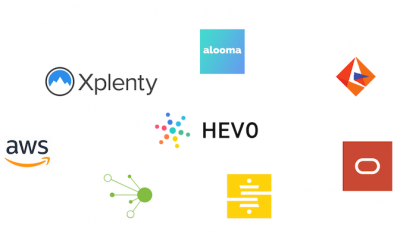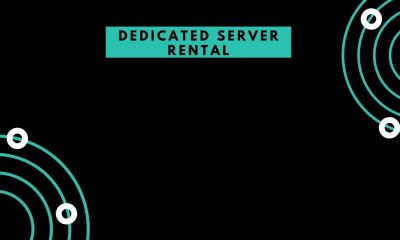Proxy checkers are essential tools for anyone using proxy servers, providing a means to validate the functionality and anonymity of proxies. They play a crucial role in ensuring...


So, you’re considering to finally take the leap into the cloud. I mean, why wouldn’t you? All the cool kids are doing it. But how do...


Organizations of all sizes and industries now have access to ever-increasing amounts of data, far too vast for any human to comprehend. All this information is...


You’re traveling through another dimension, a dimension not only of sight and sound but of mind. A journey into a wondrous land whose boundaries are that...


The Value Chain is the series of activities a company goes through to create and deliver a product or service to its customers. It includes everything...
Today’s businesses must offer their employees the greatest training to ensure excellence, innovation, and success. A cost-effective, practical, and easily available LMS is a cloud-based LMS....
Ever want to check the status of a cloud based service you are using and make sure it’s not down? Please check the Autodesk Health Dashboard;...

Most of the names from the business arena are making a move from conventional, on-premise software to SaaS subscriptions and cloud-based models for different reasons. The...


AWS cloud migration process Amazon Web Services is a leading cloud computing service providing services for storing and analyzing data from cloud computing systems and devices....
Virtual Private Server (VPS) is a type of hosting where a physical server is shared by multiple customers. VPS hosting is an efficient way to host...


We met on the Internet. This site you are now on is the result of two technologies: domain and hosting. In this article, I want to...
First, let’s go back a few years For me as a regular user, file storage services have several stages of development. Some services stop developing. And...


This article will show you how to choose the best dedicated server for your project. All you need to do is follow these simple steps and...
Recent Comments